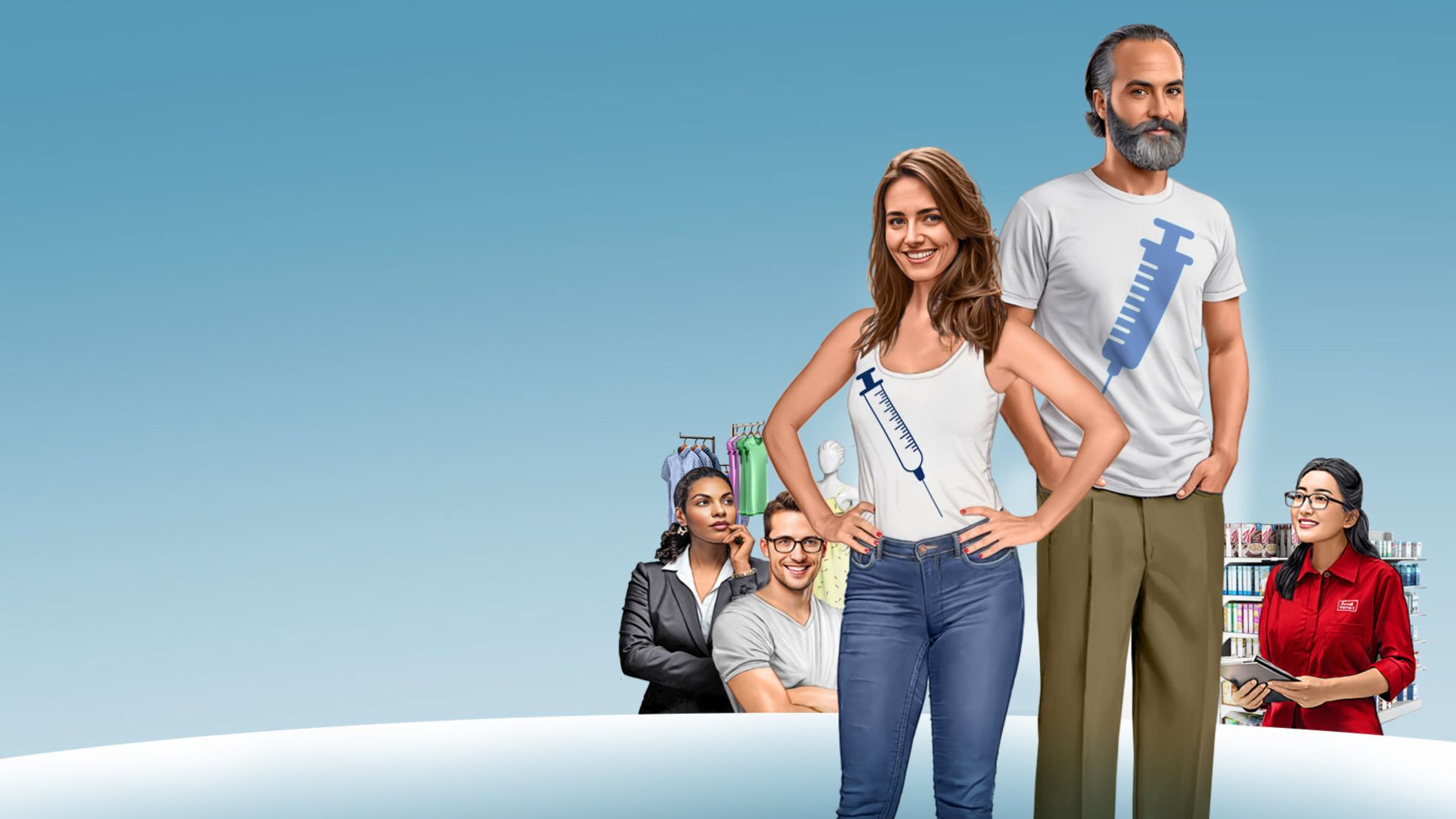Teresa O’Connor has reason to hope. A 36-year-old nurse from Edmonton, Alberta, Canada, she had been battling with her weight for years. O’Connor — a real individual whose name we have changed for privacy reasons — worked out at a fitness studio almost every day and was a regular jogger and walker. But the excess pounds stubbornly refused to go, and blood tests were showing initial signs of diabetes. Her doctor proceeded to prescribe Ozempic, a diabetes drug that is also used to lose weight. Success was evident after just a few shots. O’Connor’s blood sugar returned to healthy levels and she was finally able to slim down.
O’Connor’s story is just one of many. Hundreds of thousands of people around the world are turning to a group of drugs known as GLP‑1 analogs in order to shed unwanted pounds. In the USA, where the percentage of overweight and obese individuals is especially high, one in eight adults is reported to have received a prescription despite the fact that the drugs have only recently become available. The results are astonishing: for the first time in decades, the country’s obesity rate is going down instead of up.
Sales are soaring
The active agent mimics the body’s own GLP‑1 hormone and binds to its receptors. That stimulates the production of insulin, which stabilizes blood sugar levels. The gastric emptying process slows down, and the sensation of hunger declines. Moreover, artificially produced GLP‑1 breaks down very slowly, and therefore has a longer and more intensive effect than its natural counterpart. Around one billion people are estimated to be living with obesity. And studies show that those who stop taking Ozempic or similar GLP‑1 preparations quickly regain the weight they lost. As a result, many physicians have come to view GLP‑1 analogs as a lifelong course of treatment.
Pharmaceutical companies with GLP‑1 analogs in their portfolios are seeing a rise in sales. Their value on the stock market is rising as well. One example is Novo Nordisk a leading global drug producer headquartered in Denmark, which is now the most valuable company in Europe. In 2017, it began producing Ozempic for diabetics. In 2021, it brought a higher dose of the same active ingredient, semaglutide, onto the market as a weight-loss medication called Wegovy. In the US, the Eli Lilly company makes GLP‑1 analogs under the Mounjaro and Zepbound brand names. Numerous other pharmaceutical companies have joined the action. Boehringer Ingelheim and Pfizer are two more firms investing in the development of GLP‑1 medications.
Pharmaceuticals boost food sales
“Pharmaceuticals are just one of the sectors affected by this boom,” says Lochan Kongera, a consultant and expert in retail and consumer goods at the Porsche Consulting management consultancy. The food industry, too, will be adapting to a new group of consumers. After all, people who take GLP‑1 medications usually change their buying patterns at supermarkets. According to surveys, GLP‑1 users not only consume 20 to 35 percent fewer calories than before but are also turning to different food products. They are more apt to leave snacks, chips, soft drinks, and candy on the shelves while opting instead for fruit, vegetables, and high-protein items. The Walmart retail corporation, whose in-house pharmacies provide Ozempic and similar medications, has the customer data to back this up. When its CEO addressed the topic in an interview, far-ranging repercussions included drops in the share prices of Coca-Cola and PepsiCo. Market analysts feared that the Ozempic boom might lead to a decrease in sales of sugary drinks.

Corporations go shopping
“Manufacturers need to rethink their approach in order to profit from this new target group,” observes Kongera. That could mean developing their own products or expanding their portfolios by means of strategic acquisitions. Some large corporations have already bought up smaller companies in order to improve their access to weight- and health-conscious consumers. Mars acquired Kevin’s Natural Foods, a maker of ready-made meals and sauces. And Nestlé now has a major share of Yfood, a start-up from the southern German city of Munich with very successful sales of protein and fiber-rich meal substitutes in the form of bars, powders, and shakes. One effect of the weight-loss drugs is a loss of muscle mass, which could be offset by a higher intake of protein. “Companies that were already making specific supplements or high-protein products well before the Ozempic hype are enjoying a head start,” explains Joey Wilson, an expert in the Life Sciences division at Porsche Consulting.

European food makers such as Danone and Dr. Oetker, for example, have a long and strong track record in high-protein yogurts, puddings, and cold coffee drinks. Ads for these products have thus far not specifically mentioned the weight-loss shots, but that might change. “A shift in marketing could help target this new interest group,” says Wilson. In May 2024, the Swiss-based global Nestlé corporation launched a new brand precisely for consumers taking GLP‑1 analogs for weight-loss reasons. The Vital Pursuit line’s frozen, portion-aligned meals feature higher levels of protein, fiber, and essential nutrients.
Is not feeling hungry a health hazard?
Because GLP‑1 analogs dramatically reduce the sensation of hunger, users are at risk of not getting all the nutrients they require. “People are eating less, but they’re not automatically eating what their bodies need,” notes Wilson. “This will open the market for new products like supplements or nutraceuticals that can compensate for vitamin and nutrient deficiencies,” he predicts. Nestlé described its customers’ interests in a press release as follows: “People who are managing their weight may place a sharper focus on portion control and nutrient balance in their eating choices while still seeking great taste and accessibility.” The Vital Pursuit product line is initially only available in the US, but that might soon change.
The weight-loss trailblazers at WeightWatchers have also developed a new program. And Daily Harvest’s recent meal kits contains ingredients specifically tailored to the nutritional needs of GLP‑1 users. GNC, an American retail chain specializing in vitamins and nutritional supplements, advertises directly to users of weight-loss drugs on its website. And Nestlé has started a support platform called GLP-1Nutrition, which also targets precisely this consumer group.
The industry has realized that its new target group is more likely to grow than shrink over time. And competition for these new consumers has in fact only begun. “Right now the market is wide open for new products that focus on health,” says Kongera. “It remains to be seen who will come out ahead.”
Info
Text first published in Porsche Consulting Magazine.





